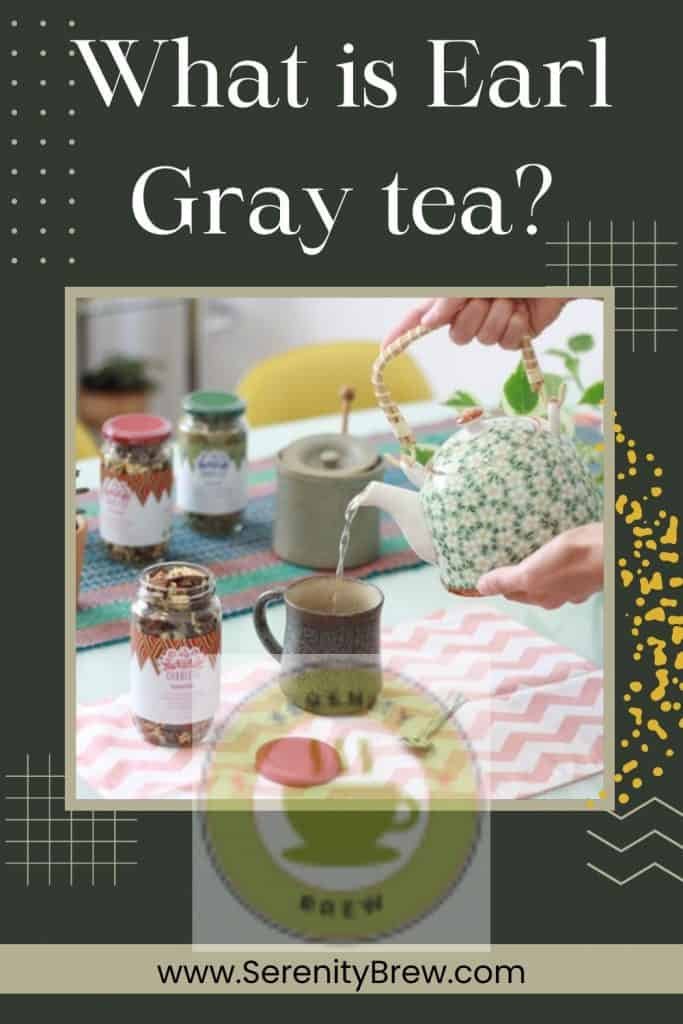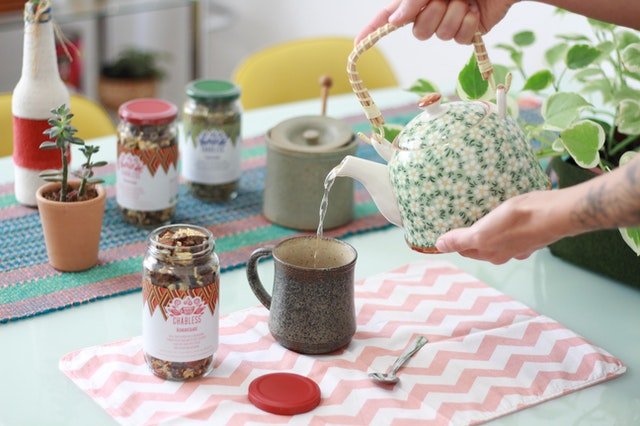
What is Earl Gray tea?
Earl Gray tea may be the best known English tea. We find it on the menu of all restaurants and bars around the world, but… why is it so famous?
Composition of Earl Gray tea
We say that Earl Gray tea is a mixture or blending of teas flavored with bergamot oil.
Mixing or blending
The teas can be pure or mixture (blendig). We refer to cigars when they only come from a single origin, such as Assam black tea or Darjeeling black tea. In other words, if we buy a kilo of this tea, all of it comes from the same tea garden or producing region.
No one can (or should) sell you a Darleejing that comes from Ceylon or China or carries leaves from anywhere other than the Darjeeling region of India.
A blending is a mixture of tea leaves. Many black teas are made from blends of teas from different origins and regions. The “tea master” looks for the different flavors of the teas and mixes them to achieve a certain flavor. It is quite an art!
Bergamot oil
Bergamot is a small citrus fruit. Its flavor is sour and its aromatic skin is used to obtain bergamot oil that gives the tea a characteristic citrus aroma.
The most famous bergamots are produced in the Italian region of Calabria.
The magic formula of Earl Gray tea.
Earl Gray = Tea + Bergamot
This fabulous mix has become a classic known all over the world, however like all great products very little is known about how it originated
Origins of Earl Gray
All references to tea are always full of mysteries, legends and myths. As it could not be less, Earl Gray Tea also has its legends and myths.
Earl Gray is named after Charles Grey, British Prime Minister in the 1830s.
According to legend, a grateful Chinese Mandarin whose son was rescued from drowning by one of Lord Grey’s men presented him with the famous blend in 1803.
The story appears to be false as Lord Gray never set foot in China and the use of bergamot oil was unknown in China.
There is another very similar version but this time with an Indian maharajah and a tiger but it is also false because Lord Gray was never in India either.
A more prosaic version, and not as majestic as the previous two, tells how a transport ship suffered a storm, part of the cargo was released and the bergamot oil fell on the tea it was transporting.
Arriving in London and assessing the damage, Lord Gray decided to try the tea before giving it up for lost and eliminating it (remember that in those days tea was very expensive). However, he liked the taste and decided to market it.
It seems a bit crazy to us since the Suez Canal was opened in 1860 and bergamot was not known in Asia.
Another more scientific version attributes its discovery to the Gray family as it was a special mix of Chinese tea invented by Lord Grey, to compensate for the excess lime contained in the Northumberland water where they lived.
Lady Gray used this mixture to entertain her friends and it proved so popular that she was asked if it could be sold to others.
Bergamot-flavoured tea has already been used to mimic the more expensive types of Chinese tea since at least the 1820s in England.
In 1837 there is an English record of legal proceedings against Brocksop & Co. for having supplied a tea “suspected” as being “drugged” with bergamot.
Let us remember that at the beginning of the 19th century the price of tea was similar to that of current saffron and there were many traps and frauds. One of the most common was mixing it with other cheaper herbs, adding flavors to mixtures that had practically no tea, etc.
The Earl Gray blend was a fantastic hit by unscrupulous tea hustlers. Without realizing it, they came up with a masterful formula.
Earl Gray tea preparation
There are many types of Earl Grey, remember that in its definition it indicates that any mixture of tea with bergamot is Earl Grey, with which we can almost speak of a category of tea rather than a single tea.
Earl gray with different black, green, red teas, etc.
There is even desteined Earl Gray tea.
Earl Gray Twinings?
Like many black teas, Earl Gray is quite easy to prepare. To prepare the tea, you need mineral water and a 3-gram tablespoon of tea (better not to use bags). The water is heated to a temperature of 90ºC, poured into the cup or teapot and waited between 3 and 5 minutes, depending on whether you prefer a weaker or stronger flavored tea.
Some people add sugar or lemon to their Earl Gray and there are those who also add a little milk, but this already depends on the tastes of each one.
There are two ways to make earl gray with milk:
The English method or English tea: you add a “milk cloud” either natural or vegetable to hot tea.
The American method or American tea. Instead of infusing the tea in water, they do it directly in hot milk. In this case you should leave it a little longer than in the case of English tea.
You can also make it as iced tea. To do this, you make the tea in hot water using the same amount and time but half as much water and later add ice or cold water with the double objective of diluting and cooling it.
A customer who drinks cold earl gray tea and adds a bit of Sprite, which is a carbonated drink and he has indicated that it is becoming fashionable in the United States.
A very convenient way to prepare Earl Gray is with our nespresso earl gray black tea capsules for nespresso machines.
Earl Gray tea properties

The properties of earl gray tea are basically the properties of tea since bergamot provides the aroma but not many more properties than those of the oil from any citrus peel.
There are many varieties of Earl Grey, since it can be made with black, green, red tea and even Rooibos.
The most common Earl Gray is the one made with black tea and its main properties are those provided by theine and the catechins of the tea.
The most important properties of black tea and therefore of classic Earl Gray are:
Antioxidant: it has a large amount of polyphenols, black tea has a great capacity to protect the body against free radicals. Prevents aging and helps against degenerative problems of the cardiovascular system.
Astringent: it has a high concentration of tannins, which give it a pleasant bitter taste, and is ideal for combating diarrhea or gastritis.
Diuretic: black tea helps eliminate fluids from the body.
Low in calories: it is very low in calories and provides a feeling of satiety.
Stimulant: it has active substances that help keep you awake. It is ideal for breakfast or after meals.
